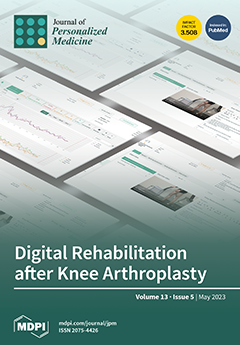Objectives: The incidence of acute cardiac events is one of the main reasons for medical consultation, disembarkation, repatriation, and death among seafarers at sea. Managing cardiovascular risk factors, particularly those that can be modified, is the key to preventing cardiovascular disease. Therefore, this
[...] Read more.
Objectives: The incidence of acute cardiac events is one of the main reasons for medical consultation, disembarkation, repatriation, and death among seafarers at sea. Managing cardiovascular risk factors, particularly those that can be modified, is the key to preventing cardiovascular disease. Therefore, this review estimates the pooled prevalence of major CVD risk factors among seafarers. Methods: We conducted a comprehensive search of studies published between 1994 and December 2021 in four international databases, namely PubMed/Medline, Scopus, Google Scholar, and Web of Science (WOS). Each study was evaluated for methodological quality using the Joanna Briggs Institute (JBI) critical appraisal tool for prevalence studies. The DerSimonian–Laird random-effects model with logit transformations was used to estimate the pooled prevalence of major CVD risk factors. The results were reported in accordance with the Preferred Items for Systematic Review and Meta-analysis (PRISMA) guidelines. Results: Out of all 1484 studies reviewed, 21 studies with 145,913 study participants met the eligibility criteria and were included in the meta-analysis. In the pooled analysis, the prevalence of smoking was found to be 40.14% (95% CI: 34.29 to 46.29%) with heterogeneity between studies (
I2 = 98%,
p < 0.01). The prevalence of hypertension, overweight, obesity, diabetes mellitus, and alcohol consumption was 45.32%, 41.67%, 18.60%, 12.70%, and 38.58%, respectively. However, the sensitivity analysis after excluding studies showed a pooled prevalence of hypertension, overweight, obesity, and diabetes mellitus of 44.86%, 41.87%, 15.99%, and 16.84%, respectively. The subgroup analysis demonstrated that smoking prevalence among seafarers had decreased significantly after 2013. Conclusion: This study demonstrated that CVD risk factors, particularly hypertension, overweight, smoking, alcohol consumption, and obesity, are prevalent among seafarers. These findings may serve as a guide for shipping companies and other responsible bodies in order to prevent CVD risk factors among seafarers. PROSPERO Registration: CRD42022300993.
Full article






